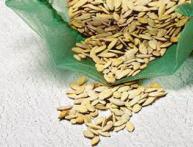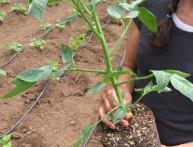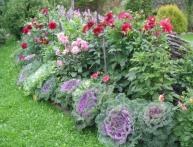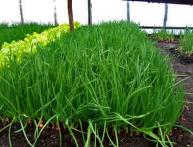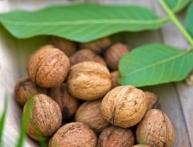Planting raspberries and fertilizers for raspberries
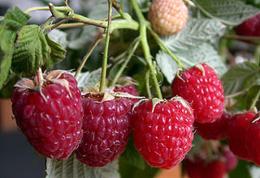
Raspberry is a subshrub that produces fragrant, tasty and very healthy berries. The raspberry harvest will always be good if you purchase good, resistant varieties, use special fertilizers for raspberries, and take care of them.
Raspberries have a perennial rhizome, and the shoots are either biennial or annual. In the first year, raspberry shoots grow in width and length, and also produce side shoots, and already in the second year they bear fruit.
There are different types of raspberries: ordinary and remontant, the latter produce one harvest on last year's shoots and a second on current year's shoots. It is better not to loosen intensively under raspberries, since they cannot tolerate damage to the roots; loosening should be done with a garden fork no deeper than 8 centimeters.
The soil should be prepared before planting raspberries; the plant is demanding of nutrients and moisture. The soil must be turned to a depth of 50 cm and fertilizer for raspberries must be applied per square meter. m. about twenty kg of humus or high-quality compost, 0.5 kg of potassium sulfate and 0.7 kg of superphosphate. After transshipment and settling of the soil, holes should be dug 30*30 centimeters, with distances between them of about 60 centimeters, and between rows there should be about 1.2 meters, or between rows the distance should be about 90 centimeters, and between holes 50 centimeters. It is better to plant raspberry seedlings at the end of September, but the soil needs to be prepared a month before planting.
During the growing season, raspberries need to be watered up to six times, along the furrows.
If pre-planting fertilization of raspberries was done, then for the first three years you do not need to fertilize the plant. Then in the fall you should annually apply compost, manure, potassium fertilizers, superphosphate, and in the spring you should feed the raspberries with urea or nitrophosic or ammonium nitrate.

